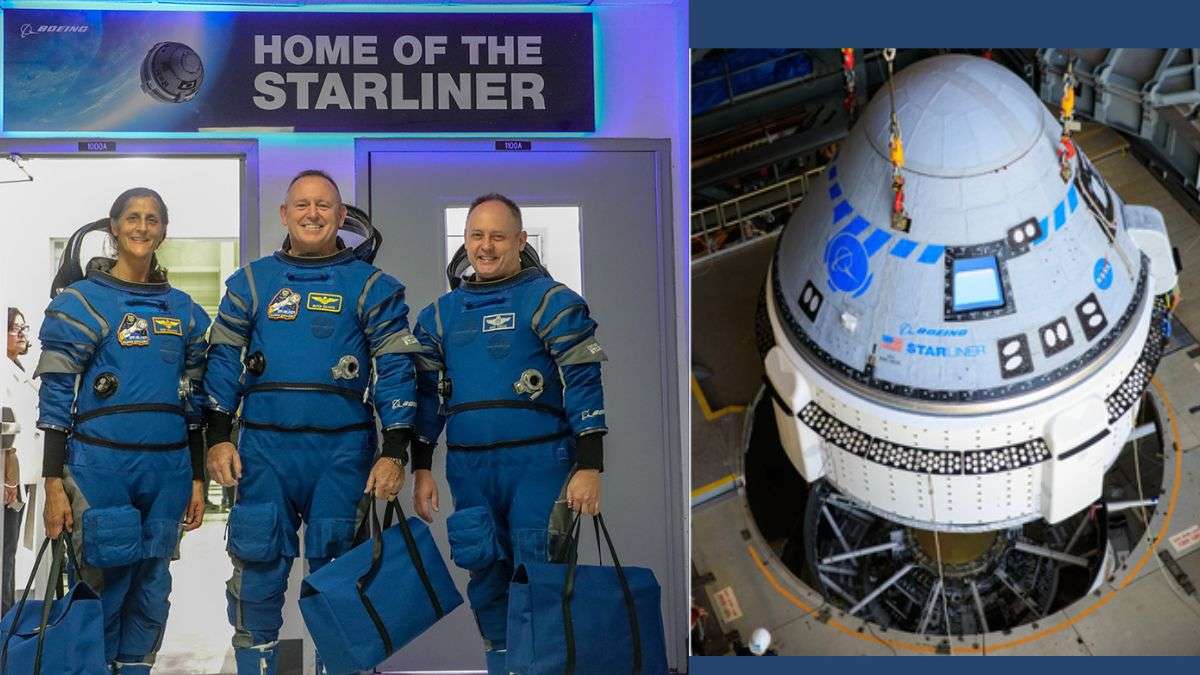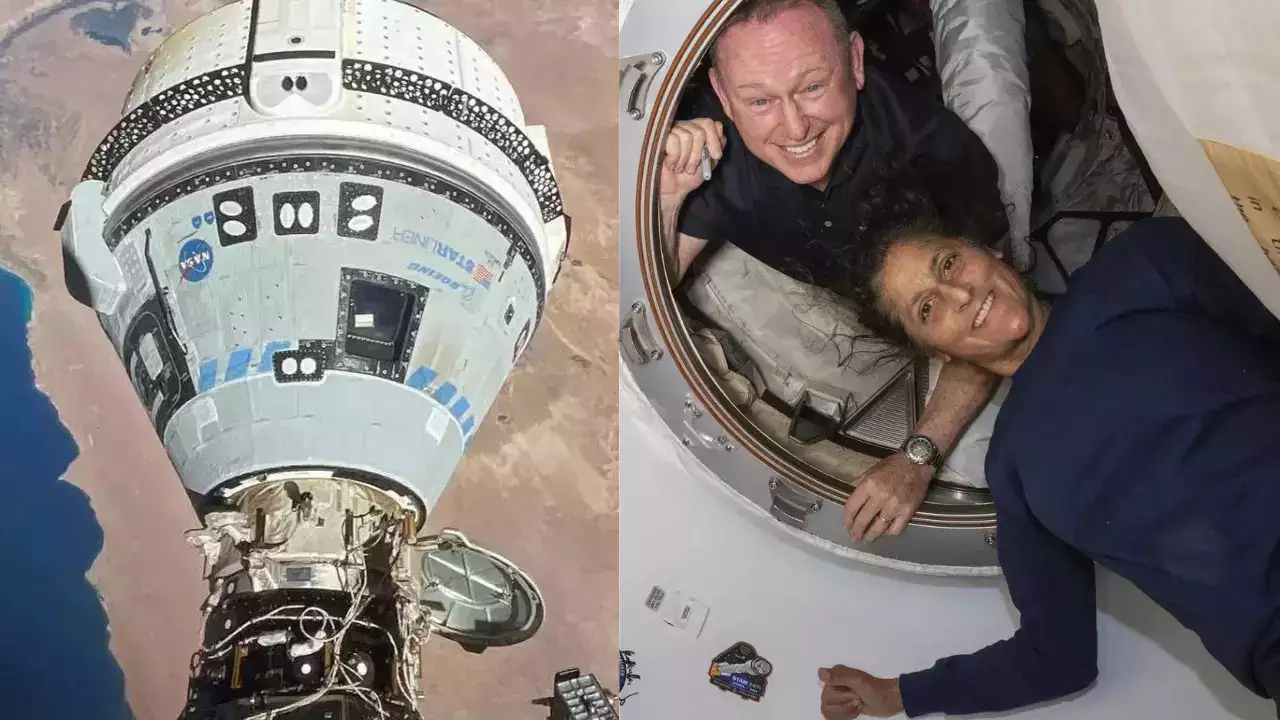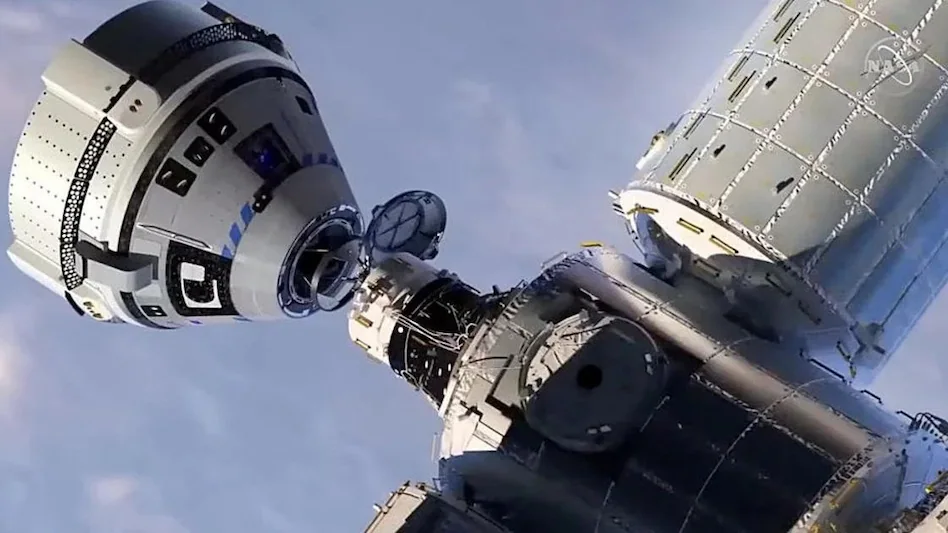
Boeing Starliner's Journey Back to Earth
On the night of September 6, 2024, space enthusiasts and the public eagerly awaited a key moment in space exploration Boeing Starliner’s Journey Back to Earth. This return signifies not just the end of a single mission, but the culmination of 14 years of effort, innovation, and perseverance. What started with high hopes faced many obstacles along the way, yet it remained a symbol of human ingenuity and determination.
The uncrewed Starliner was scheduled to perform its deorbit burn at 11:17 p.m. EDT, setting it on a course to re-enter Earth’s atmosphere. The burn was a critical step, reducing the spacecraft’s speed and enabling gravity to pull it back toward its intended landing site at the White Sands Space Harbor in New Mexico. Known for its vast, flat expanse, White Sands is an ideal location for space landings.
The mission’s return to Earth was more than just the closing of one mission; it represented a critical moment for NASA’s Commercial Crew Program, which aimed to re-establish U.S. capability to send astronauts to space and back independently. For Boeing, the Starliner project has faced numerous obstacles, but this moment offered a chance to prove its resilience.
A Critical Descent
Starliner’s deorbit burn was a crucial maneuver, slowing the spacecraft down enough to allow gravity to pull it back into Earth’s atmosphere. This burn set the stage for the final descent, aimed at a landing in the White Sands Space Harbor in New Mexico. The landing site was carefully chosen — a vast, flat expanse ideal for spacecraft landings, offering plenty of space for a safe touchdown.
But the descent wasn’t just about guiding Starliner back to the surface. It was a test of its heat shield and parachute system, both redesigned after earlier trials. The parachutes, along with airbags, would need to deploy flawlessly to ensure a soft landing, expected around 12:03 a.m. EDT on September 7.

Image credits: India TV News
NASA astronauts aboard the International Space Station, including veteran astronaut Sunita Williams, sent encouraging words to the flight control team as Starliner prepared to leave the ISS. “It’s time to bring Calypso home. You’ve got this,” Williams said, referring to the name she gave to the spacecraft after her earlier mission with it. Her words carried weight, knowing that Boeing’s Starliner had been through many ups and downs in its development.
A Complex Journey
The Starliner mission wasn’t without its complications. Its original plan had been for Williams and her fellow astronaut Butch Wilmore to return to Earth aboard the spacecraft. But technical issues during the approach to the ISS — including helium leaks and malfunctions with the reaction control thrusters — raised concerns about its reliability for the return trip.
NASA, prioritizing astronaut safety, made the unprecedented decision to have Starliner return uncrewed. Williams and Wilmore would remain aboard the ISS, scheduled to return later aboard a SpaceX Dragon spacecraft in February 2025. This decision was a clear reflection of NASA’s commitment to ensuring that no risks would be taken with astronaut lives.

Image Credits: Times of India
Despite the challenges, the Starliner mission has been a pivotal step in advancing commercial spaceflight. While SpaceX’s Dragon capsule has been a dominant force in ferrying astronauts to the ISS, Boeing’s Starliner is an essential part of NASA’s vision of having multiple spacecraft providers, ensuring greater flexibility and safety in future missions.
What’s Next for NASA and Boeing?
While the return of Starliner will be a significant milestone, it’s not the end of the road. NASA and Boeing will analyze every aspect of the landing, from the heat shield’s performance to the parachute deployment. The lessons learned from this mission will be vital for future crewed missions.
Looking ahead, this mission will also have ripple effects in shaping the future of space exploration. With NASA’s Artemis program set to return humans to the Moon and eventually Mars, spacecraft like Starliner play a crucial role in perfecting space travel, making it safer and more reliable for astronauts.

Image Credits: Business Today
India’s Growing Role in Space
As we reflect on Starliner’s journey, it’s impossible to ignore the global context. While NASA and Boeing continue their advances, India is making significant strides in space exploration as well. With the success of ISRO’s Chandrayaan and upcoming Gaganyaan missions, India is positioning itself as a spacefaring nation. The lessons learned from missions like Starliner will undoubtedly help shape the future of global cooperation in space.
In the end, while Boeing’s Starliner faced its share of struggles, its return to Earth marks a crucial step forward in space travel. The spacecraft’s journey is a reminder that space exploration is never without its risks, but with each challenge comes valuable learning and growth. As we look to the skies, the future of space travel is brighter than ever.
IS360 Can be Reached at
Sharing is caring!

